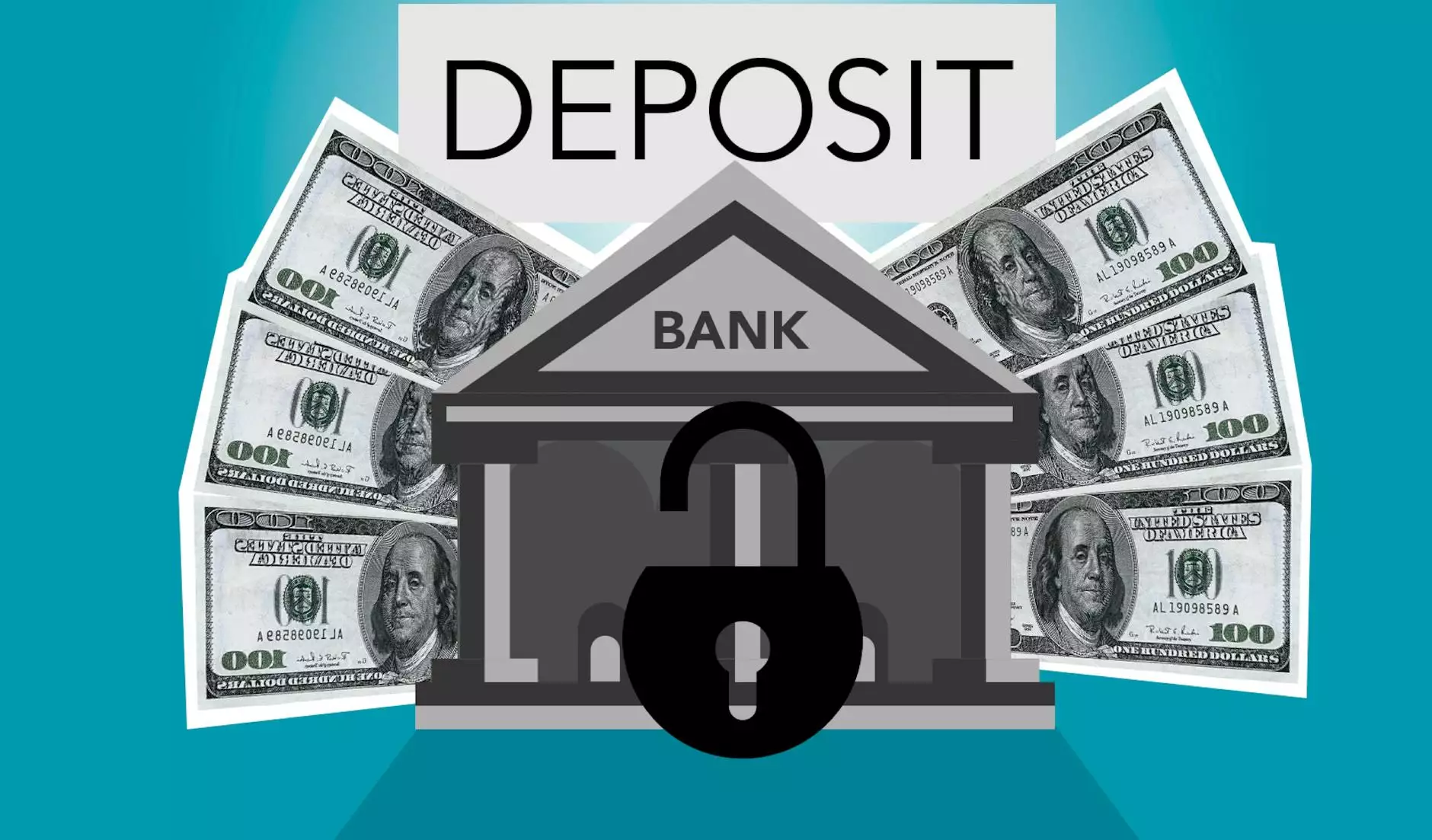The Best Ways to Secure Important Financial Documents
Data Privacy
Introduction
Welcome to Sterling Data Storage, your trusted partner in secure data management. As a leading provider of business and consumer services, we understand the importance of protecting your confidential financial information. In this comprehensive guide, we will explore the best practices and strategies to safeguard your valuable financial documents from potential threats.
Why Secure Your Financial Documents?
In today's digital age, the security of financial documents has become increasingly crucial. Financial documents such as bank statements, tax records, and investment portfolios contain sensitive information that, if compromised, could lead to identity theft, financial fraud, or unauthorized access to your accounts. By implementing robust security measures, you can mitigate these risks and ensure the confidentiality, integrity, and availability of your financial information.
The Top Ways to Secure Your Financial Documents
1. Store Physical Documents in a Secure Location
Start by organizing your physical financial documents and storing them in a secure location, such as a locked filing cabinet or a fireproof safe. Keep track of the documents you have and create an inventory to easily locate them when needed. Additionally, consider making digital copies of important papers, which we will discuss further below.
2. Digitize Your Financial Documents
Digitizing your financial documents is a great way to enhance security and accessibility. Use a high-quality scanner to convert your paper documents into digital files. Ensure that the scanned copies are clear and legible. Keep the digital versions on encrypted storage devices or upload them to a secure cloud storage provider. This way, you can access your documents from anywhere while safeguarding them from physical damage, theft, or loss.
3. Implement Strong Passwords and Encryption
When dealing with digital financial documents, it's crucial to use strong passwords and encryption to protect them from unauthorized access. Ensure that you create unique, complex passwords that include a combination of upper and lower case letters, numbers, and special characters. Consider using a password manager to securely store and manage your passwords. Additionally, encrypt your sensitive files using reliable encryption software to add an extra layer of security.
4. Utilize Two-Factor Authentication
Add an additional layer of protection to your financial accounts by enabling two-factor authentication (2FA). This security measure requires a second form of verification, such as a unique code sent to your mobile device, in addition to your password. 2FA significantly reduces the risk of unauthorized access, even if someone gets hold of your password.
5. Regularly Update and Patch Your Software
Keep your computer, smartphone, and other devices up to date with the latest operating system updates and security patches. Software updates often include vital security fixes that address known vulnerabilities, reducing the chances of unauthorized access or data breaches.
6. Be Cautious with Email and Online Communications
Exercise caution when dealing with emails and online communications related to your financial matters. Be wary of phishing attempts, where attackers impersonate legitimate organizations to deceive you into revealing sensitive information. Avoid clicking on suspicious links or downloading attachments from unknown sources. Always verify the authenticity of the sender before sharing any financial details.
7. Use Secure Networks and Enable Firewalls
Protect your financial information by connecting to secure networks. Avoid using public Wi-Fi networks for financial transactions or accessing sensitive documents. Public networks may lack encryption and could expose your data to eavesdroppers. Furthermore, enable firewalls on your devices to block unauthorized network traffic and potential cyber threats.
8. Regularly Backup Your Financial Documents
Ensure you have regular backups of your digital financial documents. Use external hard drives or cloud backup services to create redundant copies of your files. Regular backups will protect you against accidental data loss, hardware failures, or ransomware attacks.
9. Shred and Dispose of Unwanted Documents Securely
Dispose of unwanted physical financial documents properly. Invest in a cross-cut shredder to destroy sensitive papers before discarding them. Shredding prevents unauthorized individuals from obtaining your personal information from discarded paperwork.
10. Educate Yourself and Stay Informed
Stay updated with the latest security practices, scams, and trends in the financial industry. Educate yourself about potential risks and how to stay protected. Regularly review your financial accounts and monitor for any suspicious activities. Being proactive and well-informed is an essential component of maintaining the security of your financial documents.
In Conclusion
Securing your important financial documents is paramount in today's digital landscape. By following the best practices outlined in this guide, you can minimize the risk of unauthorized access, identity theft, and other financial frauds.
At Sterling Data Storage, we take your data security seriously and offer comprehensive solutions to protect your sensitive financial information. Contact us today to learn more about our secure data management services.










